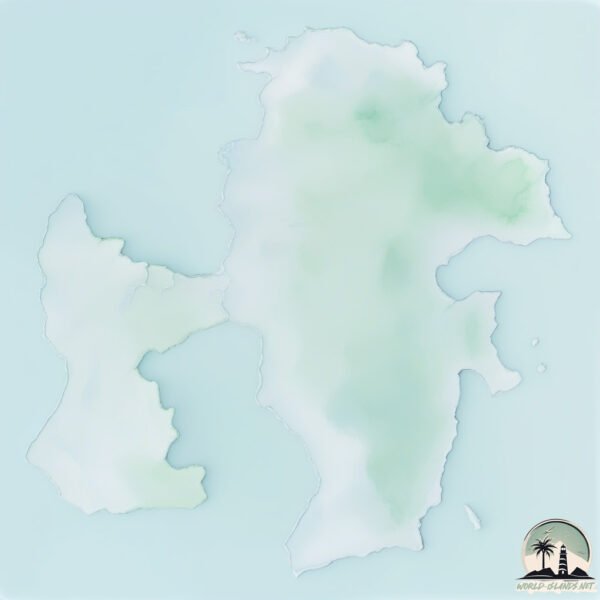Welcome to Bickerton , a Tropical island in the Arafura Sea, part of the majestic Indian Ocean. This guide offers a comprehensive overview of what makes Bickerton unique – from its geography and climate to its population, infrastructure, and beyond. Dive into the details:
Geography and size of Bickerton
Size: 230.6 km²Coastline: 133.1 kmOcean: Indian OceanSea: Arafura SeaContinent: Oceania
Bickerton is a Large Island spanning 231 km² with a coastline of 133 km.
Archipel: –
Tectonic Plate: Sunda – Extends across Southeast Asia, encompassing parts of the Sunda Shelf, known for its interaction with the Australian Plate, contributing to volcanic activity in Indonesia.
The geographic heart of the island is pinpointed at these coordinates:
Climate and weather of Bickerton
Climate Zone: TropicalClimate Details: Tropical Savanna, WetTemperature: Hot
Climate Characteristics: Defined by distinct wet and dry seasons with high temperatures year-round. Pronounced rainfall occurs during the wet season, while the dry season is marked by drought.
Topography and nature of Bickerton
Timezone: UTC+09:30Timezone places: Australia/AdelaideMax. Elevation: 73 m Mean Elevation: 25 mVegetation: Evergreen Broadleaf ForestTree Coverage: 32%
The mean elevation is 25 m. The highest elevation on the island reaches approximately 73 meters above sea level. The island is characterized by Plains: Flat, low-lying lands characterized by a maximum elevation of up to 200 meters. On islands, plains are typically coastal lowlands or central flat areas.
Dominating Vegetation: Evergreen Broadleaf Forest
Vegetation: 10 vegetation zones – Very Highly Diverse Island
Infrastructure and Travelling to Bickerton
Does the island have a public airport? no .
Does the island have a major port? no .
The mean population of Bickerton is 1 per km². Bickerton is Uninhabited. The island belongs to Australia .
Continuing your journey, Connexion is the next notable island, situated merely km away.
IHHP Milyakburra Bickerton Island - This my home, this island
IHHP artists Danzel, Jess, Jjay and Syd worked along side the Milyakburra School on Bickerton Island off Groote Eylandt to create ...
IHHP Milyakburra Bickerton Island - This my home, this island
IHHP artists Danzel, Jess, Jjay and Syd worked along side the ...
IHHP artists Danzel, Jess, Jjay and Syd worked along side the Milyakburra School on Bickerton Island off Groote Eylandt to create ...
Visit to Milyakburra Community Bickerton Island NT
Day trip to Bickerton Island where we met the friendly people and saw ...
Day trip to Bickerton Island where we met the friendly people and saw the activities they do through GEBIE CDP.
Milyakburra | Bickerton Island
Milyakburra – Amakalyuwakba Yirra-langwa Angalya This song was ...
Milyakburra – Amakalyuwakba Yirra-langwa Angalya This song was written, rapped and sung by Warnumamalya who live in ...
Australia is classified as Developed region: nonG7: Developed economies outside of the Group of Seven, characterized by high income and advanced economic structures. The level of income is High income: OECD.
News – Latest Updates and Headlines from Bickerton
Stay informed with the most recent news and important headlines from Bickerton. Here’s a roundup of the latest developments.
Loading...
Please note: The data used here has been primarily extracted from satellite readings. Deviations from exact values may occur, particularly regarding the height of elevations and population density. Land area and coastline measurements refer to average values at mean high tide.

